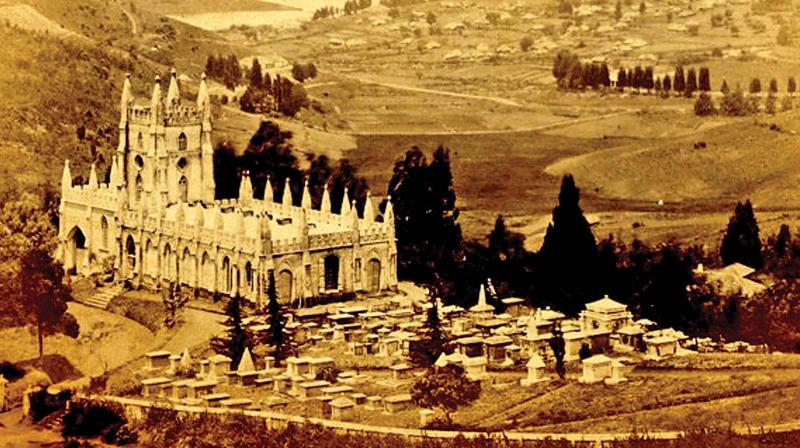Call to conserve old Ooty buildings for tourism

Ooty: The Nilgiris Documentation Centre (NDC), an NGO based here in the hills, called for declaring buildings around the 187-year-old St. Stephen’s church area in Ooty as an ‘English Heritage Zone’ to promote heritage tourism.
Making this appeal Mr. D.Venugopal, director of NDC, stated that public offices were first established in Ooty on the spot opposite St. Stephen’s church in 1829-30, based on a report submitted by the then Deputy Quartermaster General Major Hausen to accommodate the Commandant of Nilgiris and his staff after Ooty was declared a military cantonment in 1827.
After Ooty ceased to be a cantonment in 1841, only the post office which was opened in 1826, remained, he noted. When the first telegraph office was set up in 1855 following Governor General Lord Dalhousie's long stay in the hills, the site came to be called Telegraph Hill, he pointed out.
The old offices were replaced by the new public offices in 1866 to accommodate the newly appointed revenue and judicial officers. When the district was placed under a commissioner in 1868, the same offices were retained. In 1882 when the commissioner was re-designated as Collector, the office became the Collectorate of the Nilgiris.
The collector’s office was enlarged in 1902 with an addition of a second storey. The adjacent court complex had housed a jail and private shops before being made a court complex.
Between 1865 and 1869 the architecture of Ooty buildings was influenced by Robert Chisholm, the noted architect who designedNilgiris Library.
To boost tourism in Ooty, the district administration should declare the St. Stephen’s church area, Telegraph Hill, Commissioner's road, Mount Stewart Hill, Church Hill road and Bank road, all around the Collectorate now, as an English Heritage Zone, urged the veteran Dharmalingam Venugopal. The buildings in the area should be deemed heritage buildings, he added.

